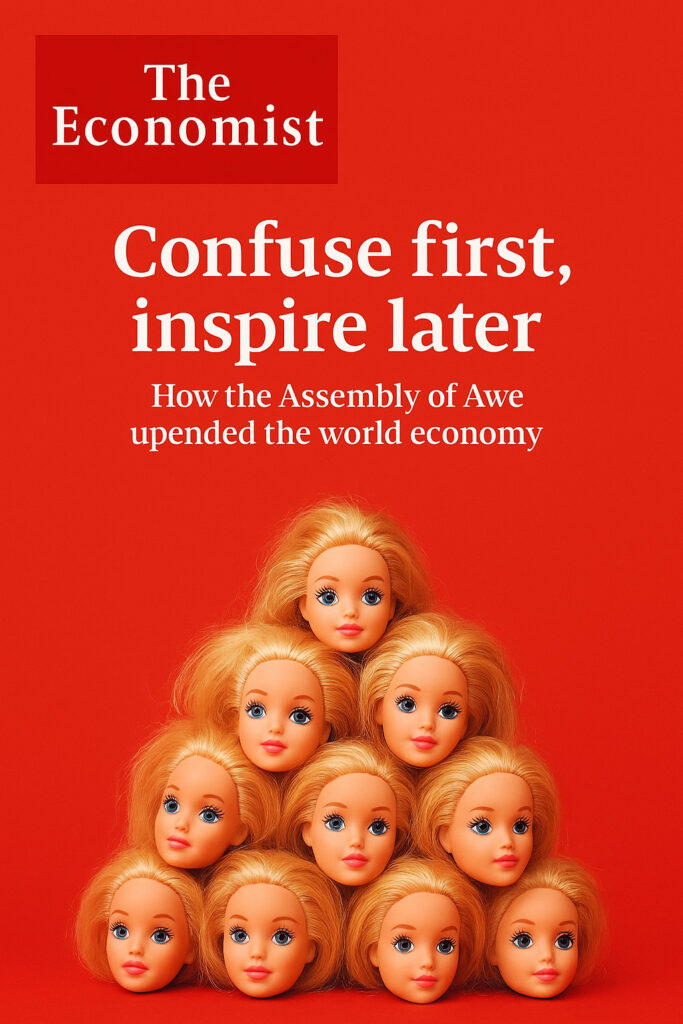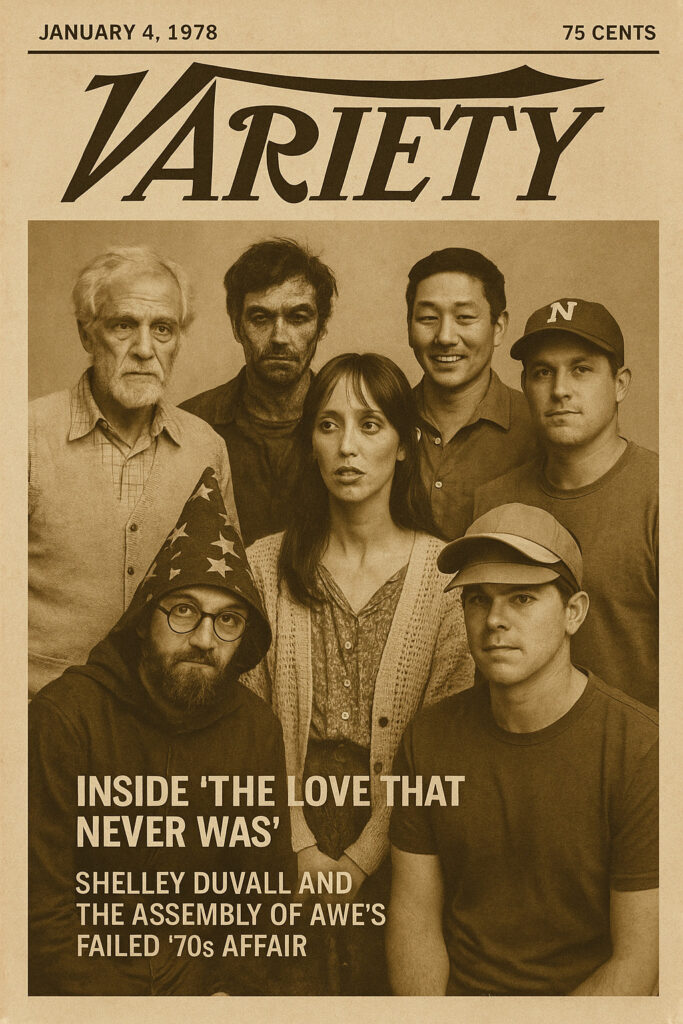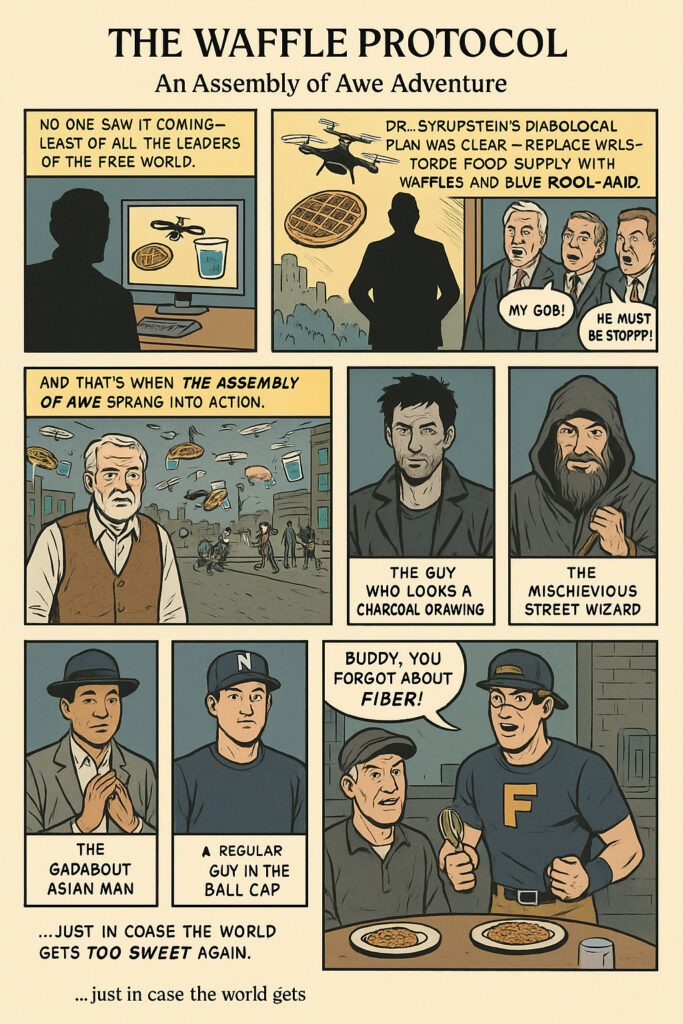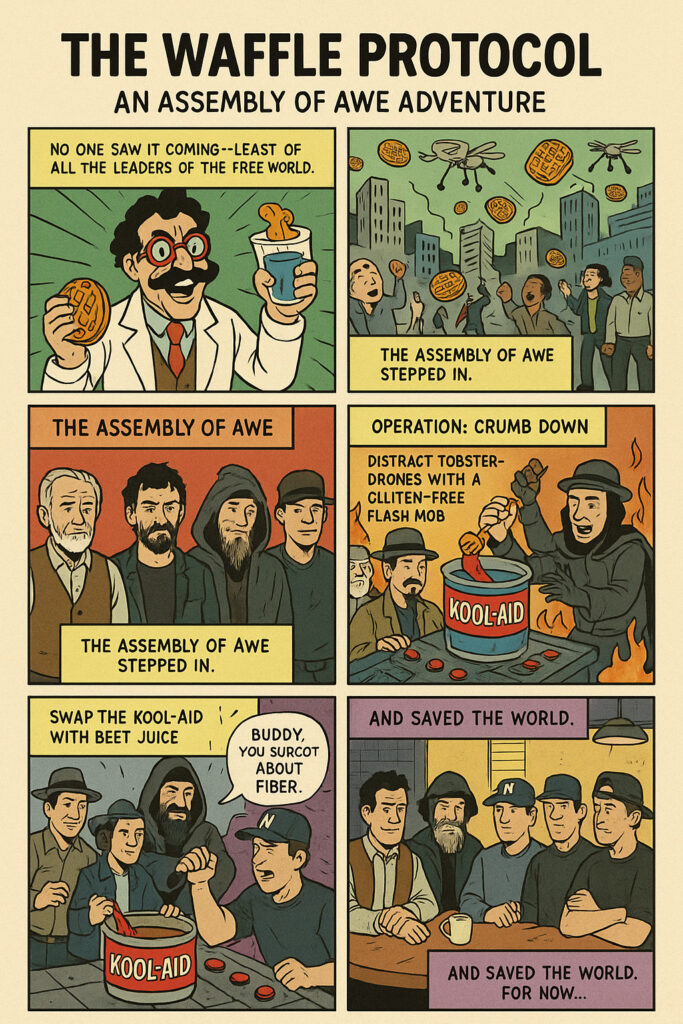And why the world has never been better for it
By The Economist Staff
The Doll Head Standard
For centuries, the backbone of global finance rested on gold, oil, and ultimately the American dollar. That all changed when The Assembly of Awe — a six-man supergroup of cryptic sages, trickster wizards, and accidental visionaries — persuaded world leaders to abandon the dollar entirely and re-peg the world’s economy to a new, almost absurd reserve asset: Barbie doll heads.
The idea, first floated at what was then assumed to be a performance-art summit in Reykjavik, was dismissed as parody. But within a year, the IMF, the World Bank, and even the notoriously cautious Swiss banking sector had capitulated. The “Doll Head Accord” of 2028 officially declared decapitated Barbie heads as the universal reserve currency.
Winners and Losers
The consequences were seismic.
- Techno bros — the crypto evangelists, Silicon Valley maximalists, and AI libertarians who once strutted as economic kings — found themselves ruined. Their meticulously coded coins and algorithmic fantasies collapsed under the weight of small pink plastic heads with synthetic hair plugs. “We tried to tokenize them,” one ex-CEO of a collapsed exchange lamented, “but the street value of a real Barbie head outstripped every blockchain we built.”
- In contrast, sadistic nine-year-old girls — who for decades had been quietly amassing Barbie heads in shoeboxes, toy bins, and backyard dirt patches — woke up as the new oligarchs. What had once been childhood cruelty was now fiscal foresight. One girl in Toronto, who’d casually bitten the nose off her dolls in 2016, is now the wealthiest individual on the planet, her “bitten-head reserves” stored in armored vaults.
The Assembly’s Hand
How did such lunacy take hold? Each member of the Assembly played a role:
- The Old Man in the Vest spoke of “plastic immortality,” arguing that doll heads resisted decay and thus embodied eternal value more than any fiat paper.
- The Guy Who Looks Like a Charcoal Drawing produced haunting monochrome illustrations of doll heads rolling through deserts of abandoned money, now seen as the most persuasive economic whitepaper since Keynes.
- The Mischievous Street Wizard bewitched central bankers with sleight-of-hand, transforming their briefcases of bills into bins of Barbie heads during G20 meetings.
- The Gadabout Asian Man leveraged cultural exchange, pointing out how doll culture existed in Tokyo, São Paulo, Lagos, and beyond, making the Barbie head a truly global reserve.
- The Regular Guy in the Ball Cap reassured the public that “it’s not weird if we all do it,” convincing the masses with Midwestern plainspokenness.
- The Actor with the Visor Sewn to His Head starred in an avant-garde commercial, intoning gravely: “In plastic we trust.” It went viral.
A Better World?
Surprisingly, the system works. With Barbie heads as the new reserve:
- Inflation has evaporated. Scarcity is natural — Mattel only produced so many heads, and collectors can’t simply “print” more.
- Wealth is redistributed. Those who hoarded capital collapsed, while children, caretakers, and the marginalized discovered themselves holding unexpected fortunes.
- Trade flows stabilized. Container ships now measure wealth in crates of doll heads. The World Trade Organization reports “efficiency up, greed down.”
Perhaps most startlingly, global happiness indices have surged. With techno bros dethroned, a new culture of play, imagination, and mischief governs. Economists once feared chaos, but chaos proved clarifying.
“The head of a doll,” the Old Man in the Vest recently mused, “contains more humanity than all the digits of a stock ticker.” Markets, bizarrely, agree.
The Verdict
In an era when finance had become digital abstraction, the Assembly of Awe pulled it, quite literally, back to earth — or at least, back to the toy box. The absurdity of Barbie-head economics has made the world more equitable, playful, and strangely sane.
The only losers? The once-mighty techno bros, now wandering the world like disheveled prophets, muttering about “what could have been.”
As for the nine-year-olds, they no longer need allowance. They are the allowance.













